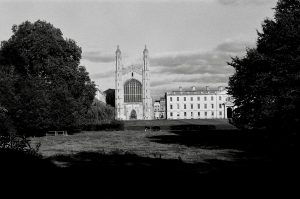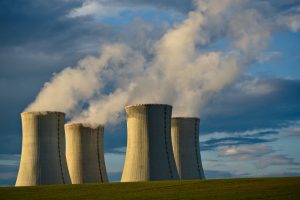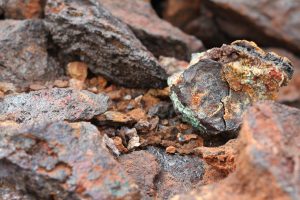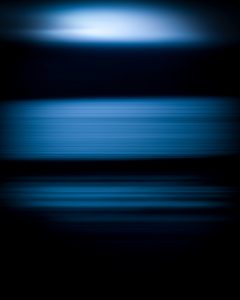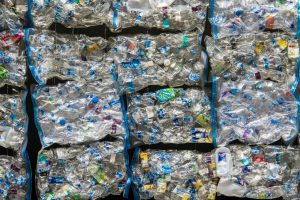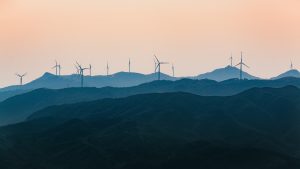Pairing Quantity and Quality in
a Mass Balance of Water in California
New paper from Jennifer Bitting, Lukas Gast, and Jonathan Cullen presents a seven-step methodology for creating a mass balance of water that incorporates both water quantity and water quality.
Water scarcity is back on the agenda. In March, the United Nations is holding its Water Conference in the USA, the first such conference focused purely on water since 1977. For the US, water scarcity is not a distant issue. In the state of California, water supply is threatened by drought, contamination, a history of poor management, and unequal distribution of water sources. 75% of the water supply is in the northern third of the state, but 80% of the demand is in the southern two-thirds.
The state of California publishes a water budget every 5 years as part of their water plan. A water budget is a tool for assessing water availability based on a mass balance of water. The budget lists the mass of water that entered the state, was used or stored within the state, and exited the state in each of the previous 5 years.
The state of California publishes a water budget every 5 years as part of their water plan. A water budget is a tool for assessing water availability based on a mass balance. The budget lists the mass of water that entered the state, was used or stored within the state, and exited the state in each of the previous 5 years.
Mass balance: A mass balance is based on the law of conservation of mass, and accounts for all the material entering and leaving a system. The reconciliation of mass flows in a balance allows us to estimate flows that are unknown or difficult to measure directly because mass can neither disappear nor be created spontaneously.
A water budget is useful for tracking quantity, but does not provide information regarding the quality of the water. This paper introduces a seven-step method (explained in figure 1 below) for creating a water budget that incorporates both quality and quantity. The new budget takes the form of a mass flow diagram that is modified to depict quality using a colour code. Adding water quality highlights areas where there is room for improvement but also areas where there are resources and opportunities that were perhaps not so obvious from tables of numbers.
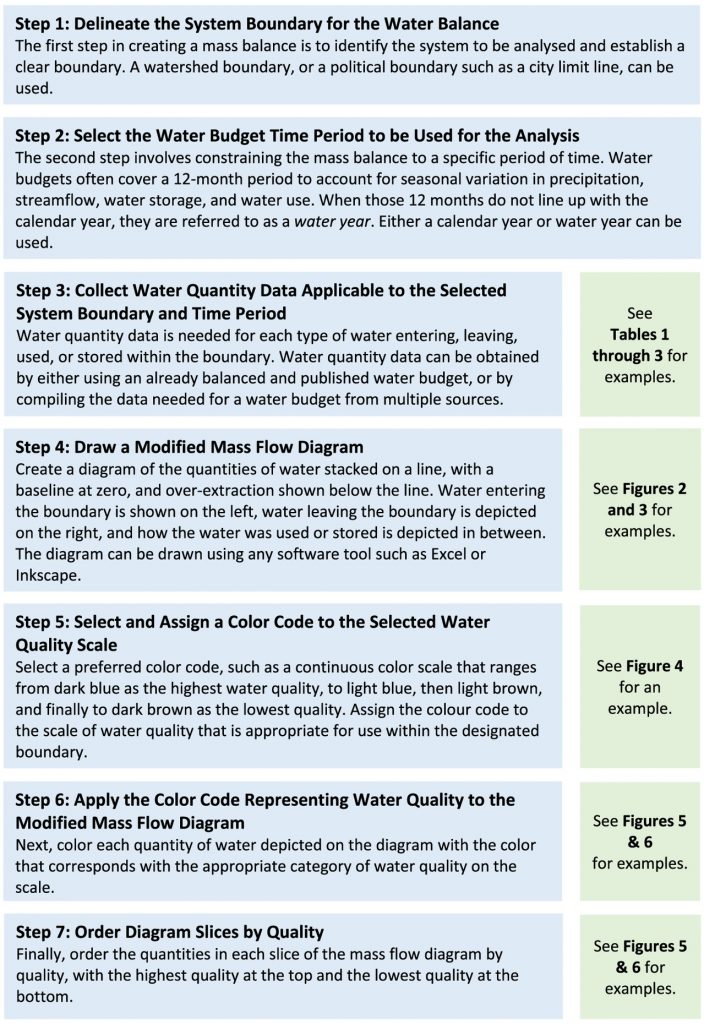
Read the full paper from Jennifer Bitting, Lukas Gast, and Jonathan Cullen: Pairing Quantity and Quality in a Mass Balance of Water in California.
Photo credit: Chris Barbalis

